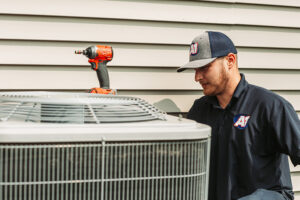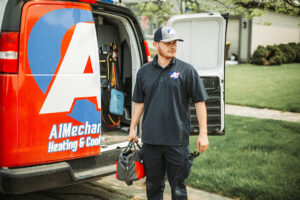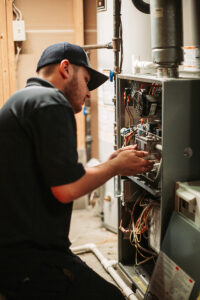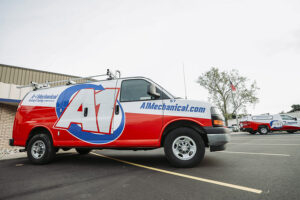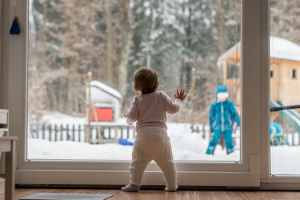This spring, make sure you schedule air conditioner maintenance before the temps get high enough that you’ll need to run your AC. How important is maintenance for your AC system, you ask? Well, it can save you from all kinds of bother, trouble, and expense.
Want your air conditioner to run more efficiently? Get maintenance. Want to make sure it will be as effective as possible in heat waves? Get maintenance. Want to keep the system running for as many years as possible before you have to replace it? You guessed it… maintenance. And perhaps you’d like to eliminate the need for air conditioner repair. Well, maintenance cuts AC repair needs by 85%. Let us explain how it works.


